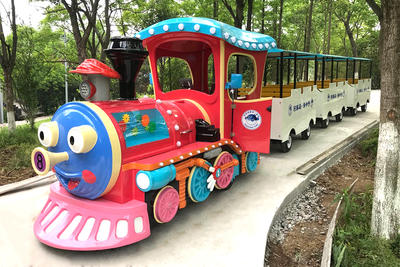Guangdong Player Specialty Vehicles Manufacturing Co., Ltd. is a manufacturing enterprise of special vehicles and equipment.
read more
+86-15895439421


Description:The power for this simulation train is optional. Since there are different traveling route situations, two kinds of power are available. I...
See Details
Description:The power for this simulation train is optional. Since there are different traveling route situations, two kinds of power are available. I...
See Details
Description:For this tourist trackless train, its classic design makes you feel like you are traveling on a 1900s steam engine train. It’s ideal for c...
See Details
Description:For this tourist trackless train, its classic design makes you feel like you are traveling on a 1900s steam engine train. It’s ideal for c...
See Details
Description:For this tourist trackless train, its classic design makes you feel like you are traveling on a 1900s steam engine train. It’s ideal for c...
See Details
Back-to-back style semi-enclosed carriages 24 elegant large trackless sightseeing trains is an exquisite large trackless sightseeing train designed fo...
See Details
Description:For this tourist trackless train, its classic design makes you feel like you are traveling on a 1900s steam engine train. It’s ideal for c...
See Details
Description:For this tourist trackless train, its classic design makes you feel like you are traveling on a 1900s steam engine train. It’s ideal for c...
See Details
Description:For this tourist trackless train, its classic design makes you feel like you are traveling on a 1900s steam engine train. It’s ideal for c...
See Details
Description:For this tourist trackless train, its classic design makes you feel like you are traveling on a 1900s steam engine train. It’s ideal for c...
See Details